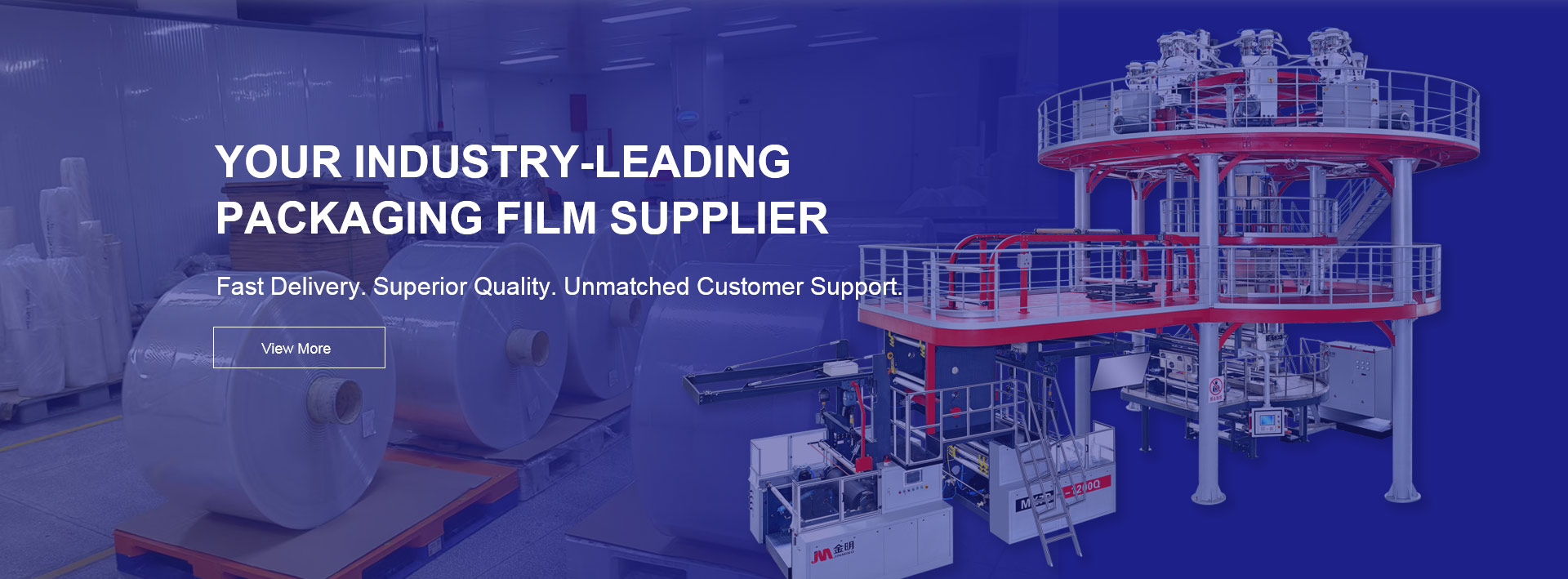
vacuum packaging films are essential materials in food, pharmaceutical, and electronic packaging industries where hygiene, product safety, and extended shelf life are crucial. Sterilizing these films ensures that the packaging surface is free from microorganisms before it comes in contact with sensitive contents. Effective sterilization not only protects the integrity of the product but also complies with international food and medical safety standards.
Vacuum packaging films are typically made from multiple layers of polymer materials such as PA, PE, PET, EVOH, and PP. These multilayer structures provide oxygen resistance, moisture protection, and mechanical strength. The sterilization process must therefore be designed to eliminate microbial contaminants without damaging these materials. Depending on the composition, certain sterilization methods may be more suitable than others to maintain the film’s barrier and sealing performance.
Heat sterilization is one of the most common and effective techniques. It uses high temperatures, often through dry heat or steam, to kill bacteria and spores.
Steam Sterilization: Involves autoclaving at around 121°C for 15–30 minutes. This is suitable for films that can withstand high temperatures, such as those made of PET or PA/PE composites.
Dry Heat: Applied at 160–170°C for about two hours, primarily for packaging used in non-food industries. The key concern with heat sterilization is thermal deformation; thus, the material’s melting point must be considered before choosing this method.
Gamma irradiation is widely used for medical-grade packaging films. It employs high-energy photons to destroy microbial DNA, providing complete sterilization even for tightly sealed rolls.
Typical radiation doses range from 25–50 kGy.
The process is conducted in controlled environments, ensuring uniform exposure. Gamma sterilization offers deep penetration and is suitable for multilayer co-extruded films that cannot tolerate heat.
Ethylene oxide sterilization uses a gas mixture that penetrates film layers and sterilizes without causing significant thermal or mechanical stress.
Effective at low temperatures (37–63°C).
Requires degassing time to remove residual EtO. It is often used in pharmaceutical packaging and medical device films that demand complete sterility while maintaining film flexibility.
This method involves vaporized hydrogen peroxide converted into plasma under vacuum conditions. The reactive ions destroy microorganisms efficiently.
Typical concentrations range from 30–35% hydrogen peroxide.
Sterilization cycles last from 30 to 90 minutes. This environmentally friendly process leaves no toxic residues and is ideal for packaging films used in aseptic environments.
UV light sterilization is a non-contact method suitable for surface decontamination.
The optimal wavelength is 254 nm, which effectively damages bacterial DNA.
Exposure time depends on film thickness and transparency. Although not as deep-penetrating as gamma irradiation, UV sterilization works well for surface cleaning before packaging operations.
| Method | Temperature | Time | Suitable For | Key Advantage |
|---|---|---|---|---|
| Steam Heat | 121°C | 15–30 min | PET/PA films | Proven and reliable |
| Gamma Radiation | Ambient | Few hours | Medical films | Deep penetration |
| Ethylene Oxide | 37–63°C | 6–12 hrs | Flexible films | Low temperature |
| Hydrogen Peroxide Plasma | <60°C | 30–90 min | Aseptic packaging | No residues |
| UV Light | Room temp | Seconds–minutes | Transparent films | Fast and easy |
During sterilization, maintaining the structural and functional integrity of the film is critical.
Thermal Stability: Films must not deform or shrink under temperature exposure.
Barrier Performance: Oxygen and moisture barrier properties should remain unchanged after sterilization.
Seal Strength: The sealing layer, typically PE or CPP, must retain its adhesion capability.
Transparency: For consumer products, optical clarity is important to maintain brand presentation.
Testing after sterilization should include tensile strength, elongation, and barrier property verification to confirm performance retention.
Pre-cleaning: Remove dust and particulate matter before sterilization.
Selection of Method: Choose based on film material and end-use industry.
Controlled Sterilization: Maintain precise temperature, pressure, and exposure time.
Post-Treatment Testing: Perform microbiological and physical property analysis.
Storage and Handling: Store in clean, humidity-controlled environments before packaging use.
Sterilized vacuum films are widely used for vacuum-sealed foods, ready-to-eat meals, medical instruments, and pharmaceutical pouches. For instance:
Food Industry: Extends shelf life by minimizing microbial growth and oxidation.
Medical Packaging: Ensures aseptic protection for surgical tools and consumables.
Industrial Use: Provides contamination-free wrapping for precision components.
For manufacturers seeking high-performance vacuum packaging materials with excellent sterilization resistance, JINBORUN offers advanced multilayer films engineered for hygiene-critical applications. Their films are designed to withstand various sterilization processes such as steam, EtO, and irradiation while maintaining optimal barrier and sealing strength. JINBORUN’s professional production standards and testing systems make them a reliable partner for food, pharmaceutical, and industrial packaging solutions.
Sterilizing vacuum packaging films is a fundamental process that ensures product safety, quality preservation, and compliance with global standards. By selecting the appropriate sterilization method based on film composition and end-use application, manufacturers can maintain both safety and performance. High-quality films from trusted suppliers like JINBORUN ensure that each packaging step meets the highest hygienic requirements, protecting both the product and the consumer.